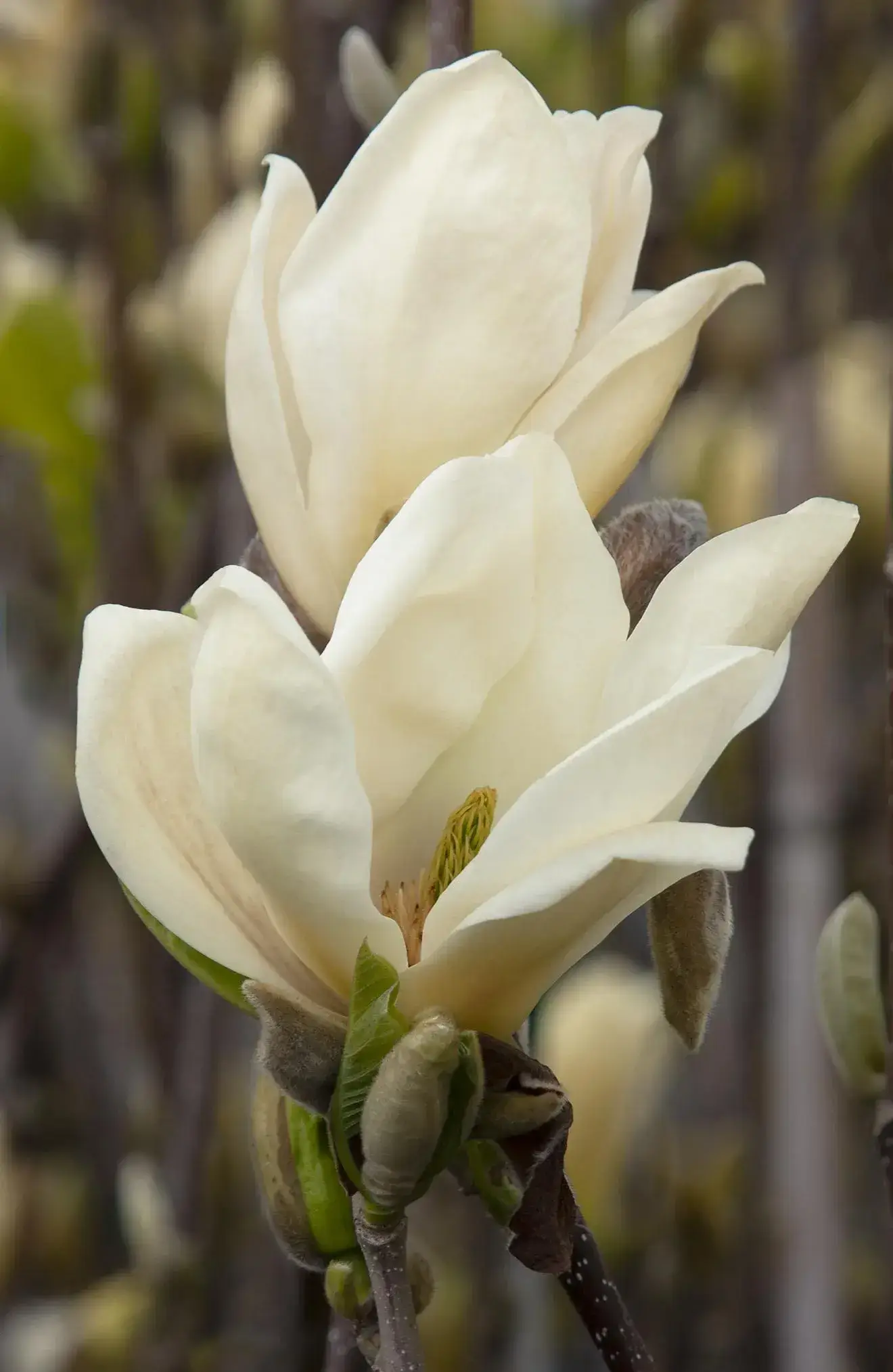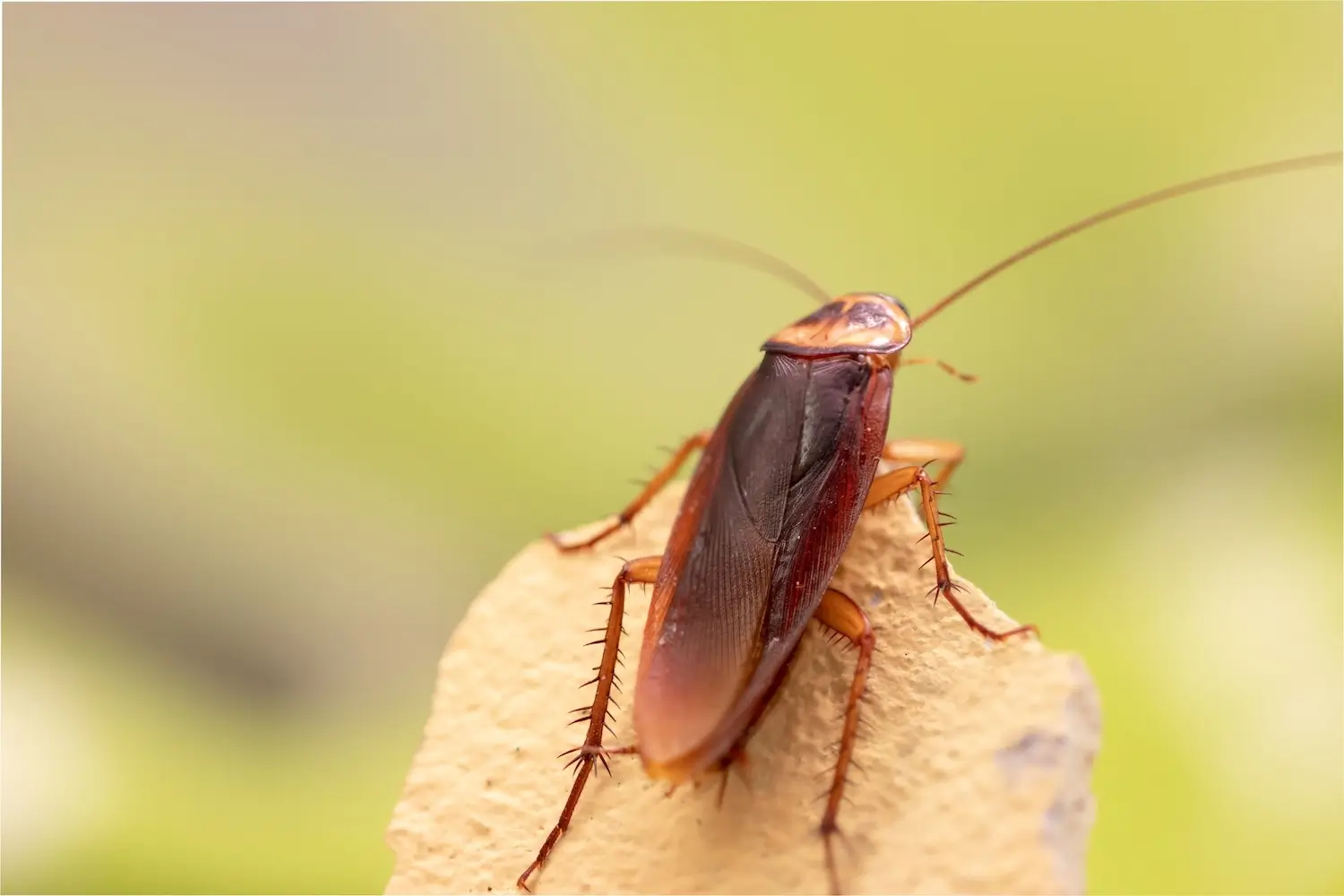
Lighting & Technique
We unite suppliers and green industry professionals worldwide
Magnolia 'Elizabeth' is a graceful deciduous tree known for its soft yellow, lemon-scented flowers that bloom in early spring before the foliage. With its upright form and subtle color, it’s a favorite for adding elegance to any landscape.
By Mariam Scott
|Published on July 01, 2025


“Did you know one of the first yellow-flowered magnolias was named after a real person—Elizabeth Van Brunt, a passionate supporter of American horticulture?”
Magnolia 'Elizabeth' is a charming deciduous tree renowned for its soft yellow flowers that appear in early spring before the leaves appear. A hybrid of Magnolia acuminata (cucumber tree), and Magnolia denudata ( Yulan magnolia), it was created in the mid-20th century at the Brooklyn Botanic Garden, where it was named in honor of Elizabeth Van Brunt, a major patron of the garden’s breeding program.
With its upright growth, lemon-scented blossoms, and graceful habit, Magnolia 'Elizabeth' has become a beloved specimen tree for those looking for elegance with a subtle twist of color.
| Common Name | Elizabeth magnolia |
| Botanical Name | Magnolia × 'Elizabeth' |
| Type | Deciduous tree |
| Height | 20–35 feet |
| Light Requirements | Full sun to partial shade |
| Soil Needs | Moist, well-draining, moderately acidic |
| Watering Needs | Moderate |
| Hardiness Zones | 5–9 (USDA) |
| Time of Bloom | Early to mid-spring |
Though young plants need regular attention, Magnolia 'Elizabeth' is easy to care for once it is established. It likes to be planted in the early spring or fall for the roots to get established before extreme temperatures. Stake young trees if exposed to wind, and mulch the base well to retain moisture and moderate soil temperature.
This magnolia is an elegant centerpiece for the landscape and a long-lived accent tree that provides early-season color when nothing else is in bloom. In the right location and with some time, it will reward with more and more prolific bloom each year.
Magnolia 'Elizabeth' grows best in full sun to partial shade. It does best if it receives six hours of direct sun each day, which aids in developing the fullest and brightest blooms. In warmer regions, a little added shade in the afternoon will help preserve the flowers, preventing them from fading or wilting too early. Avoid deep shade, which can reduce flowering and cause leggy growth.
The tree will do best in rich, well-draining soil that has a slightly acidic to neutral pH. If you have heavy clay or compacted soil, work in compost or organic matter to help improve aeration. Magnolia roots are relatively shallow and don’t appreciate disturbance, so avoid planting too close to foundations or competing tree roots. Even moisture is best, and good drainage is necessary to avoid root rot.
Magnolia 'Elizabeth' is one of the most moist-demanding magnolias, particularly when young. Water deeply once or twice a week, depending on weather and soil conditions. As it grows, it gets more drought tolerant, but it will still prefer to be watered during longer dry spells. Always water at the base and avoid soaking the foliage. Mulching helps conserve moisture and maintain even soil conditions.
Pruning Magnolia ‘Elizabeth’ Prune sparingly as it has a naturally beautiful upright to rounded shape. Here's how to handle pruning:
Although Magnolia ‘Elizabeth’ is commonly grafted in professional horticulture settings, home gardeners could attempt these alternate modes:
Seeds: Possible, but slow and variable; fresh seed needs to be stratified and may take several years to flower.
Because of its eventual size, Magnolia ‘Elizabeth’ is not suitable for long-term cultivation in a container, but can be kept for a number of years in a large pot if the following points are observed:
Magnolia 'Elizabeth' is hardy in USDA Zones 5-9. Young trees may require protection in their first winter: mulch heavily at the base and wrap the trunk in burlap if temperatures fall well below freezing. Avoid fertilizing late in the season to discourage soft new growth that can be damaged by frost.
This magnolia flowers early spring, frequently even before its leaves appear. The tulip-like flowers are quite large with soft creamy yellow and a light lemon scent. Since they bloom before leaves emerge, they make a striking statement against bare branches. Cold snaps can harm buds, and planting in a protected spot sheltered from the wind can offer early blossoms protection.
Magnolia “Elizabeth” is pretty trouble-free, although some common issues might show up periodically.
Magnolia ‘Elizabeth’ offers grace, history and a splash of rare yellow to the spring garden. With its regal namesake, upright growth, and softly fragrant blooms, it’s both an ornamental gem and a living tribute to horticultural innovation.
Whether you plant it for its ornamental beauty, its symbolism of strength, beauty and endurance; or purely for adding some elegant spring color, the Magnolia Elizabeth proves to be a choice that rewards for generations—with very little effort required in return.
Yes, the flowers have a mild lemony scent, most noticeable in warm spring weather.
Moderate to slow; typically around 12–18 inches per year once established.
Yes! It makes a fine focal point, but you need to give it space as roots don’t like disturbance and the tree needs room to spread.
Yes, unlike some magnolias, ‘Elizabeth’ may start blooming within just a few years after planting.

Lighting & Technique
Gina Lazaarus

Soil Health & Fertilization
Gina Lazaarus

Pest Identification & Prevention
Victor Miller

Organic & Natural Pest Solutions
Victor Miller

Soil Health & Fertilization
Gina Lazaarus
My Account
Partner With Us
Contact Us
Growcycle Group LLC
930 S 4th St, Ste 209
Las Vegas, Nevada 89101
Customer Support: 888-233-2999
Our team is always here to help.
We are open Monday - Friday, 9:00 AM to 4:30 PM PST.